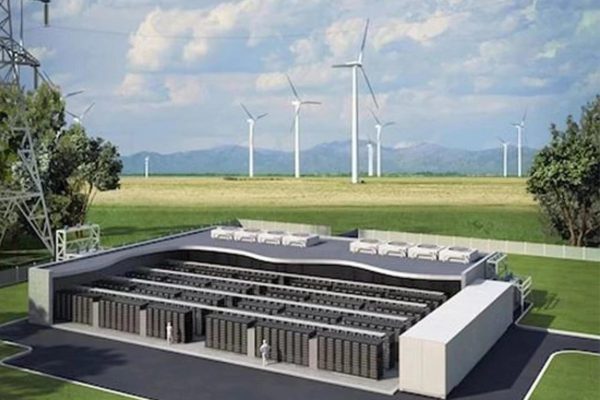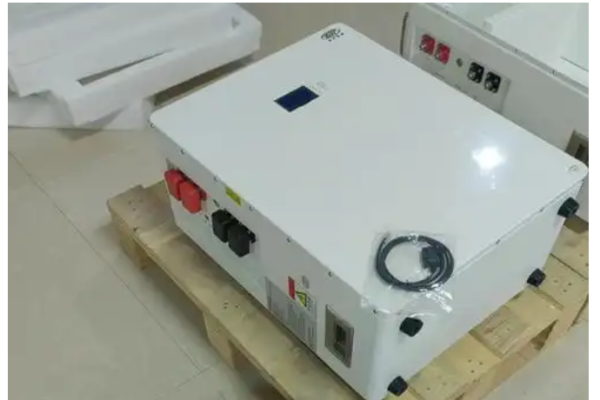Microgrids are rapidly becoming a cornerstone of modern energy solutions, offering localized power generation, storage, and management. These systems are especially valuable in remote areas, industrial sites, and even urban environments that require reliable energy independence, lower operating costs, or backup power during grid outages.
Effective microgrid power management ensures that these systems operate efficiently, balance energy supply and demand, and maintain grid stability or autonomy. In this article, we’ll explore key lessons learned from real-world microgrid deployments, examining how these lessons can inform future designs, installations, and operational strategies.
Through a deep dive into real-world deployments, this post highlights practical approaches to energy optimization, reliability, and scalability. We’ll also touch on key technology insights and actionable steps for anyone involved in microgrid design, installation, or management.
1. Understanding Microgrid Power Management
A microgrid is a localized energy system that can operate independently or in conjunction with the main electrical grid. Microgrids are typically composed of renewable energy sources (e.g., solar PV, wind, or hydropower), energy storage (e.g., lithium-ion batteries), and conventional backup power systems (e.g., generators or diesel engines). Microgrid power management focuses on ensuring the optimal operation of these components, balancing the generation, storage, and consumption of electricity in real-time.
Microgrids typically provide several benefits:
- Grid resilience: In case of a grid failure, microgrids can continue to supply power autonomously.
- Energy cost optimization: By controlling local energy generation and storage, microgrids can reduce reliance on the grid during peak hours, lowering energy costs.
- Integration of renewables: Microgrids are ideal for integrating intermittent renewable sources like solar and wind.
Effective power management is critical for minimizing energy waste, ensuring reliability, and balancing supply with demand. In this section, we’ll look at the components involved in power management and some real-world lessons learned from deployments.
2. Key Lessons from Real Microgrid Deployments
a) Real-Time Energy Monitoring and Control
Lesson #1: Invest in a Robust Energy Management System (EMS)
One of the most important lessons from real microgrid deployments is the need for a sophisticated Energy Management System (EMS). An EMS enables real-time monitoring of power generation, consumption, and storage across the microgrid.
For example, a remote industrial site in the Middle East used an EMS to monitor its hybrid energy system, which included both solar PV and diesel generators. The EMS optimized energy flow by prioritizing solar energy use when available, reducing diesel consumption, and ensuring that battery storage was used efficiently during peak hours. The result was a 30% reduction in fuel consumption and a significant decrease in operating costs.
Key Takeaways:
- Real-time data allows operators to adjust and optimize system performance, minimizing energy waste.
- EMS can integrate forecasting models to predict solar output, helping to balance the energy load and adjust battery charging cycles.
- Remote monitoring capabilities ensure that the system can be managed even in the most challenging locations.
b) Hybrid Systems Require Seamless Integration
Lesson #2: Hybrid Systems Must Be Carefully Integrated
Microgrids often combine renewables (e.g., solar or wind) with traditional generators (e.g., diesel or gas) to ensure reliability. One of the critical challenges in hybrid microgrid systems is seamless integration of these different power sources.
In a small island community deployment in the Caribbean, a hybrid system was implemented that included solar PV, wind turbines, and diesel generators. Initially, the system faced issues with fuel consumption spikes, especially during periods of low solar or wind output. The solution was the integration of a smart controller, which dynamically prioritized the use of renewable sources over diesel, ensuring the system was as energy-efficient as possible. This modification cut diesel consumption by 40% and provided a more reliable energy mix.
Key Takeaways:
- Hybrid systems require smart controllers that can handle real-time energy decisions, prioritizing renewable sources whenever possible.
- Hybrid power sources, when managed properly, can deliver reliable energy without the high environmental and operational costs associated with fossil fuels.
- The integration of backup power sources, like diesel, should be viewed as a complement to renewable energy, not a primary source.
c) Scalability and Flexibility are Key
Lesson #3: Plan for Scalability and Flexibility in Design
Another critical lesson from real deployments is the importance of designing scalable and flexible microgrids. As energy needs evolve, especially in industrial parks or commercial buildings, the microgrid system must be able to grow or adapt to new demands.
For instance, a large-scale manufacturing facility in California initially deployed a small solar + storage microgrid system to reduce energy costs during peak hours. However, as the facility’s energy demands grew, the microgrid had to scale. By using modular battery storage and expandable solar arrays, the facility was able to add capacity without needing a full system overhaul. The system was able to support the expansion while continuing to optimize energy costs.
Key Takeaways:
- Modular design allows for easy system upgrades and scaling, accommodating growing energy demands.
- Flexibility ensures that microgrid systems can evolve to include new energy sources or technologies as they become available.
- Proper planning for scalability reduces long-term costs and avoids costly overhauls in the future.
d) Reliable Energy Storage is Crucial
Lesson #4: Battery Storage is Essential for Balancing Load
Energy storage is one of the most critical components in a microgrid, allowing for load shifting and ensuring a reliable supply of electricity when renewable generation is low. However, not all storage systems are created equal, and some real-world deployments have highlighted the importance of battery reliability and proper sizing.
A remote community in the Alaska used a lithium-ion battery storage system in its microgrid, but the initial battery sizing was inadequate to meet demand during extended cloudy periods. After experiencing frequent energy shortages, the community expanded its storage capacity and implemented advanced battery management systems (BMS) to monitor and optimize battery performance.
Key Takeaways:
- Battery sizing must account for energy demand fluctuations and include sufficient capacity to handle extended periods of low renewable generation.
- Battery management systems can prevent premature degradation of storage systems, ensuring long-term reliability and reducing maintenance costs.
- Battery storage should be integrated in a way that minimizes depth of discharge to ensure longevity and maximize efficiency.
3. Best Practices for Future Microgrid Deployments
Drawing from these lessons, the following best practices can help optimize future microgrid power management deployments:
a) Invest in Robust Monitoring and Control
Adopting a real-time monitoring and control system that can track energy generation, storage, and consumption is vital to the success of a microgrid. This should be supported by a cloud-based EMS that can provide detailed insights into the system’s performance, track key metrics, and automatically adjust operations to maximize efficiency.
b) Prioritize Renewable Energy Sources
Microgrids are most effective when renewable energy sources are prioritized. To achieve this, hybrid systems should be designed to integrate smart controllers that allow the system to automatically prioritize renewable generation and minimize reliance on conventional backup power sources.
c) Plan for Scalability
As energy needs evolve, microgrids should be designed with scalability in mind. Using modular components, such as battery storage and solar arrays, ensures that future energy demands can be met without overhauling the entire system.
d) Optimize Energy Storage and Sizing
Ensure that battery storage is correctly sized and managed to handle fluctuations in energy generation and demand. Implementing advanced battery management systems (BMS) ensures that the storage system is utilized efficiently and that batteries last longer, reducing overall operational costs.
Microgrid power management plays a crucial role in optimizing energy efficiency, resilience, and reliability. By incorporating lessons learned from real-world deployments, such as investing in sophisticated energy management systems, prioritizing renewable energy, planning for scalable designs, and optimizing energy storage, future microgrid deployments can be both cost-effective and highly reliable.
With increasing demand for autonomous energy systems, energy storage integration, and renewable energy solutions, the future of microgrids is bright. By following these best practices, designers, engineers, and operators can ensure that their systems deliver maximum efficiency, cost savings, and reliability for years to come.









